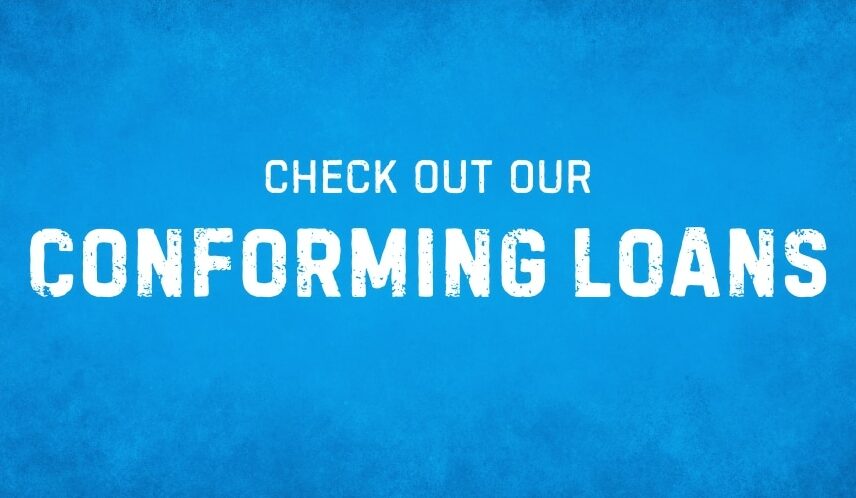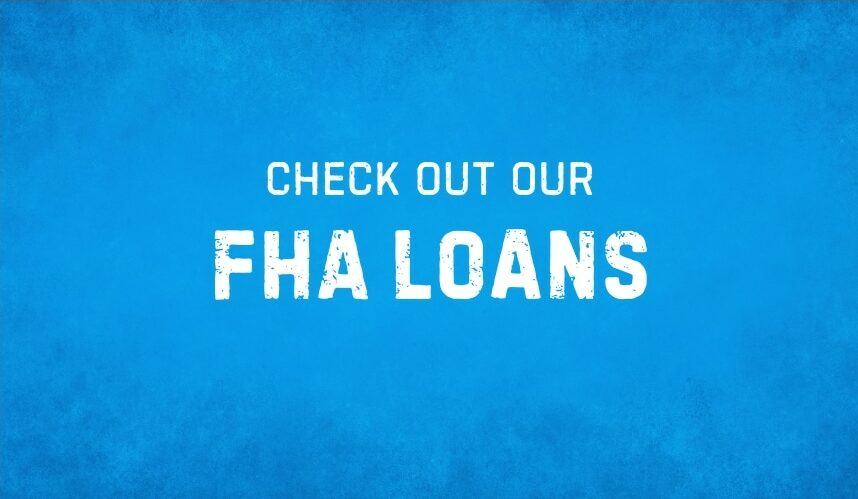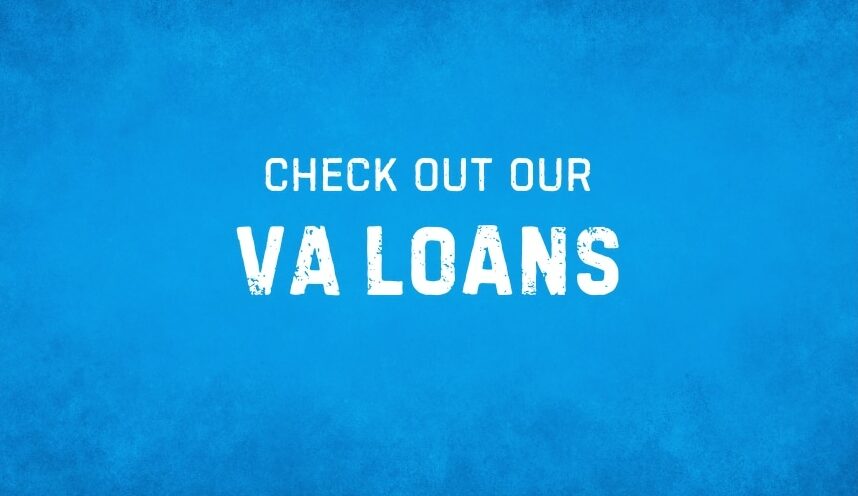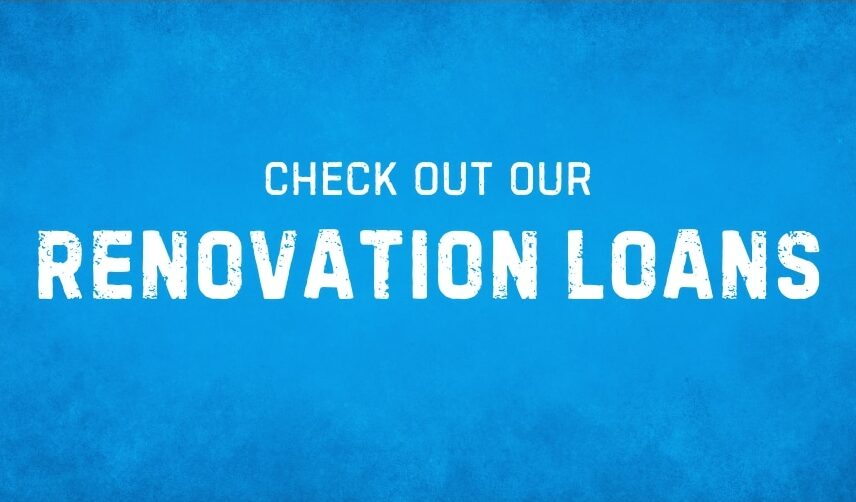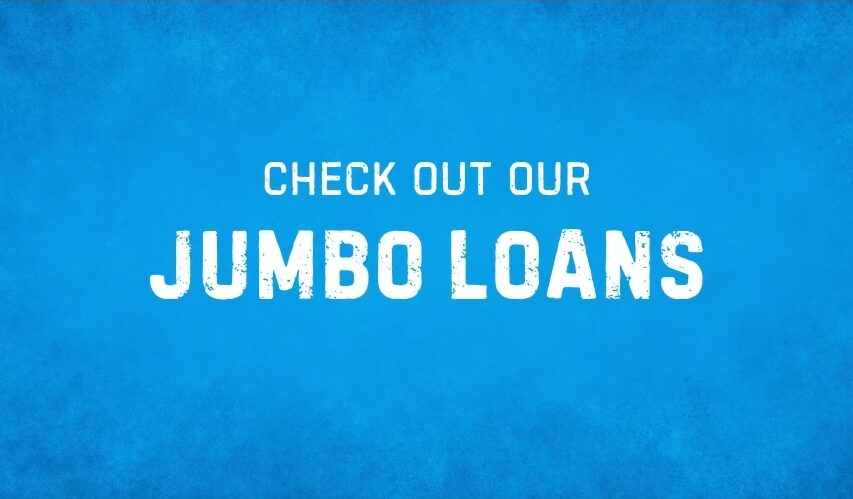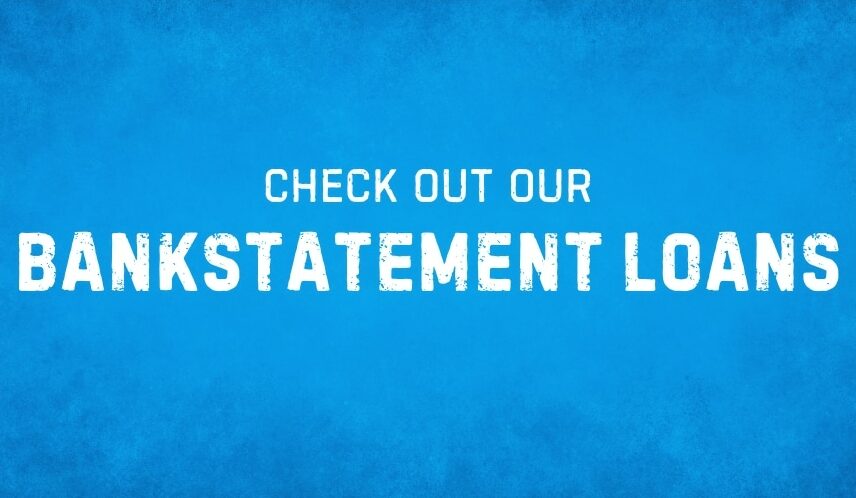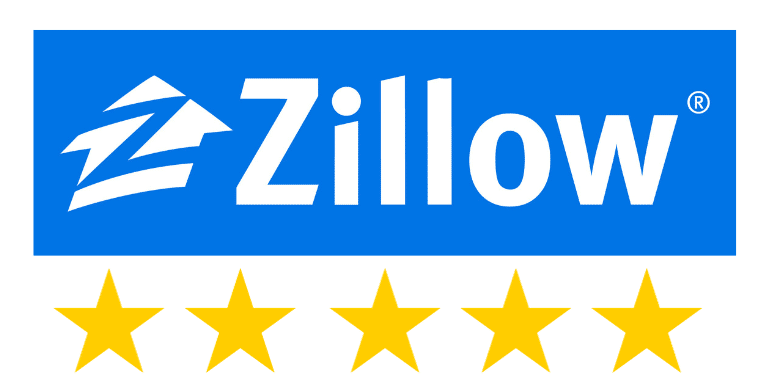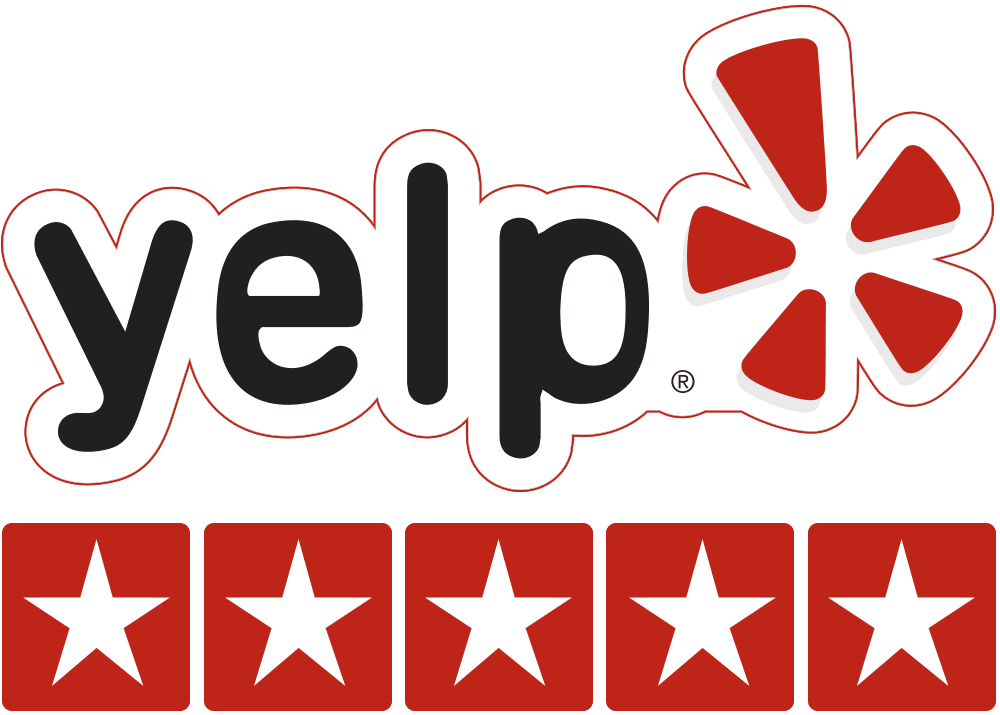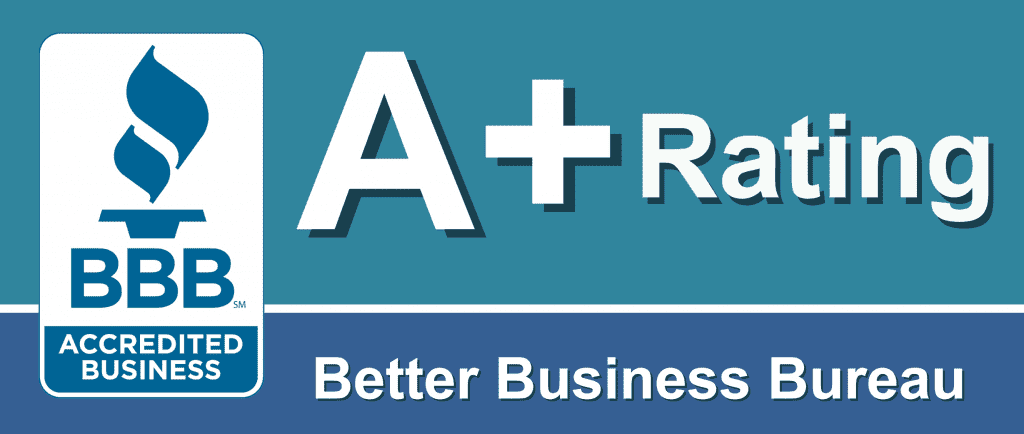
FHA Home Loan Refinance Process
FHA home loans are an awesome way to get your foot in the door and purchase a home in California if you don’t have much free cash or a high credit score.
As with most home loan products, when mortgage rates drop or there is a need for cash-out, it’s time to refinance. The FHA home loan refinance process is unique, and for some homeowners, it can be super fast. Here is our step-by-step guide to the FHA home loan refinance process in California.
What is an FHA home loan?
Before we get to the refinance process, let’s clearly define “FHA home loan.”
FHA, or Federal Housing Administration, home loans are loans backed by the US government and provided by mortgage companies to consumers. FHA is the loan insurer rather than a home loan lender. FHA home loans tend to be marketed as first-time home buyer loans, but anyone can get an FHA home loan, even repeat buyers.
For a homebuyer to qualify for an FHA home loan, you must be purchasing a house that will be your primary residence for at least one year (no rentals!). You must put down at least 3.5% – a huge difference from the traditional 20% that conventional loans previously required (under some circumstances, you can put less than 20% down under the conventional loan program).
FHA home loan refinance guidelines
Here is a list of the basic FHA home loan refinance guidelines (which differ from the conforming loan programs). The requirements might vary from lender to lender.
- 580 or credit score
- You must have a clear benefit for doing the refinance
- Cash-out up to 80% of the value of the home (80% LTV)
- You’re required to work with an FHA home loan-approved mortgage company
- A current mortgage with minimal late payments in the last twenty-four months.
- If it’s an FHA Streamline Refinance then you’ll need to currently have an FHA loan.
FHA home loan refinance guidelines can and often do change frequently. For the most up-to-date guidelines, consult with your loan officer. Ask them specific questions to ensure your refinance process is smooth and efficient.
Four steps to a successful refinance
There are regular FHA refinances, and then there is the FHA Streamline Refinance. The Streamline Refinance is meant to make the refinance process simple and speedy, and it’s unique to homeowners with an FHA home loan.
Here’s what the FHA refinance process looks like before the underwriter approves your loan application.
Step 1: Double-Check Your Loan Type
If you want to access the FHA Streamline Refinance program, you’ll need to ensure your current home loan is actually an FHA home loan. There are a few ways you can verify this. You can review your deed of trust, which will have an FHA case number.
That case number shows that the loan has been insured by the FHA. You can also look at your monthly mortgage bill, which will also reference the FHA-type loan you have. Finally, you can even ask any FHA-approved lender to check on your home’s FHA status.
Step 2: Ensure You’re Refinancing For The Right Reasons
It’s important to only refinance if it benefits you. I know that sounds so simple; however, too many homeowners refinance when they shouldn’t. Benefits include lowering their home loan interest rate, shortening their term, and/or obtaining cash out.
If you are considering a cash-out FHA home loan refinance, make sure the cash out is being used to pay off high-interest debt, educational or medical expenses, or remodel the home.
With an FHA Streamline Refinance, you can’t cash out more than $500. The Streamline Refinance was created to help homeowners lower their mortgage payments rather than cash out the equity in their homes. If you need to cash out, the Streamline is not for you, and you’ll need to go with a regular FHA home loan refinance.
Step 3: Gather Your Documents
Just like when you buy a house, when you refinance, you need to provide certain documentation. The FHA home loan refinance process usually requires the same home loan documentation you provided when you bought the house unless you are doing an FHA Streamline Refinance.
When you are ready to send in your documentation, you’ll want to make sure the copy you send is clear and complete. All the words and numbers are clear, and it’s easy to read the entire document.
If you are doing an FHA Streamline Refinance, don’t worry about gathering bank statements and income documents; you won’t need them. In addition to not needing those documents, you won’t need a home appraisal, which can save you hundreds of dollars.
Step 4: Verify Your Credit And Payment History
To qualify for an FHA refinance, you must have had no late payments in the past six months. Within the last year, you can have one late payment, but no more than that to be approved. Miss a credit card payment, car loan, and/or personal loan, but don’t miss more than one mortgage payment.
In addition, you must have had your current FHA home loan for at least 210 days. Your lender will pull a mortgage-only credit report to review this information and your credit score. Whatever refinance option you choose, be sure you have a good understanding of everything going on, and to do that, you should work with a top-rated loan officer.
Step 5: Ensure The Refinance Provides A Net Tangible Benefit
Having a net tangible benefit is so important; without it, you can’t refinance under the program. The FHA Streamline Refinance guidelines require you to receive a net tangible benefit by refinancing your current mortgage. Although this varies based on your loan, the general guidelines require the following:
- When you refinance to reduce your term, the new interest rate must be lower than the current rate.
- The new mortgage payment, insurance premium, principal, and interest cannot exceed your previous payment amount by more than $50.
- If the term is not being reduced, your FHA mortgage insurance and interest rate must follow guidelines in regard to how much they can increase or decrease.
If you are unsure if you meet the net-tangible guidelines, connect with your loan officer and ask them if you meet the requirements of the guideline.
Do You have a question or need a quote?
Contact KevinLow rates, fast closings, and exceptional service.
Getting approved in underwriting
So you’ve finished the four steps, and now you are ready to move forward and apply for the loan. Usually, you can apply online with any lender who offers the program, but if you prefer to complete it with a loan officer, you can do that as well.
Once your loan officer has a complete file, they will send it over to underwriting for a full review. Most lenders will issue an underwritten approval within 48-72 hours of receiving the file unless there is an usually high number of loan applications in process. This can happen after an extended period of high rates, and then all of a sudden, rates drop significantly.
FHA home loan refinance – a great option for homeowners.
Refinancing your mortgage loan is a powerful way to save money, shorten your term, or pull cash out. Your loan type plays a huge role in what is possible for your refinance. If you have an FHA home loan, you can use a refinance to cut interest rates, possibly lower your mortgage insurance, and update your current term.
Be sure to do your research based on your specific situation to determine if you qualify for an FHA Streamline Refinance and if that product fits your needs. By studying the topic and educating yourself, you’re taking the first and most important step.

